|
|
|
|
|
|
|
|
|
|
|
|
|
 |
 |
 |
 |
|
 |
 |
 |
 |
|
|
Scouting is fun at every turn! The goal is to raise boys who respect themselves, respect others and who have strong character. There is no better youth leadership or community service training than Scouting. Cub Scout Pack 102 is in Camp Butler, Okinawa and we are dedicated to providing a fun Cub Scouting experience for all boys from Kindergarten through 5th grade.
Cub Scout Pack 102 runs a year-round program uniquely designed to meet the needs of young boys and their parents. Our program offers fun and challenging activities that promote character development and physical fitness. Service projects, ceremonies, games, and other activities guide boys through the core values and give them a sense of personal achievement. Through positive peer group interaction and parental guidance, boys also learn honesty, bravery, and respect. Family involvement is an essential part of Pack 102's Cub Scouting program, and parents are required to play an active role in our Pack as Leaders, Committee Members or Event Helpers. Through interaction between parents, leaders and friends, boys learn citizenship, compassion, and courage. This family and community centered approach to learning means that Cub Scouting is truly time well spent for your sons!
| 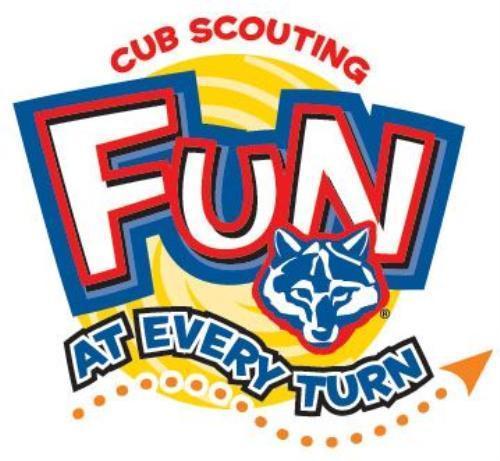
| BSA's "Be A Scout" Videos Link
BSA's "What Is Cub Scouting?" Link
BSA's "Welcome to the Adventure of Cub Scouting" PDF
BSA's Overview of Cub Scouting Link
BSA's Purposes and Methods of Cub Scouting Link
BSA's Frequently Asked Questions Link | |
|
 |
 |
|
 |
 |
 |
 |
 |
 |
 |
 |
|
 |
 |
 |
 |
|
|
| | Lion Cub Scout: (Kindergarten)
Lion Guide: Heather Magee | 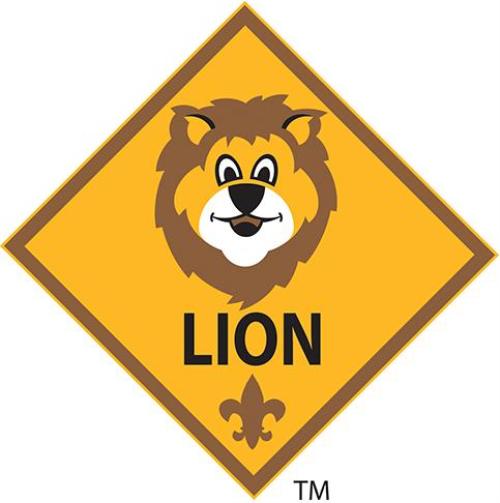 | The Lion program weaves traditional Scouting concepts of character development, leadership skills, personal fitness and citizenship into activities that are age-appropriate and fun for the boys and their parents. The activities introduce the family to Cub Scouting, and provide an exciting way for the little guys to explore the world around them. The program will fuel their imagination, creativity and fun as they experience the growth Scouting can provide. At the end of the Lion year, they “graduate” to Tiger and advance through Cub Scouting. | | | | | | Starting Cub Scouts: (must be at least in the 1st grade or 7 years old) | 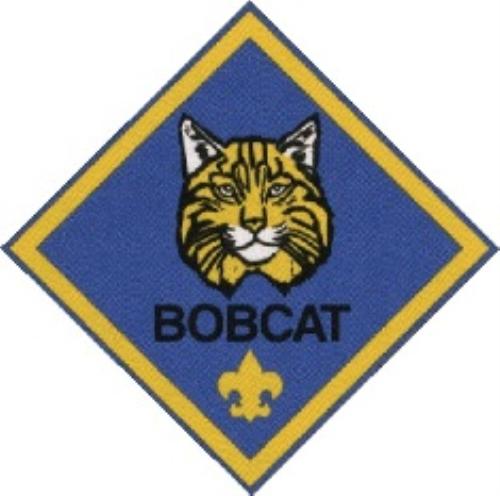 | Each boy who joins the Cub Scouts will first earn the Bobcat badge. The boy must do his best to learn seven items, including the Cub Scout motto, the Scout Oath and the Scout Law just to name a few. The Parents must read and discuss with the boy a pamphlet on preventing child abuse. The pamphlet can be found in the front of each Cub Scout handbook. When the boy has completed each step to the best of his ability, the parent can sign it and provide it to the Den Leader for review. The scout will receive his badge at the next Awards Ceremony during one of our Pack Meetings. | | | | 
| Tiger Cub Scout: (1st Grade or 7 years old)
Tiger Den Leader: Rebecca Ronca Asst. Tiger Den Leader: Flo Jewell | 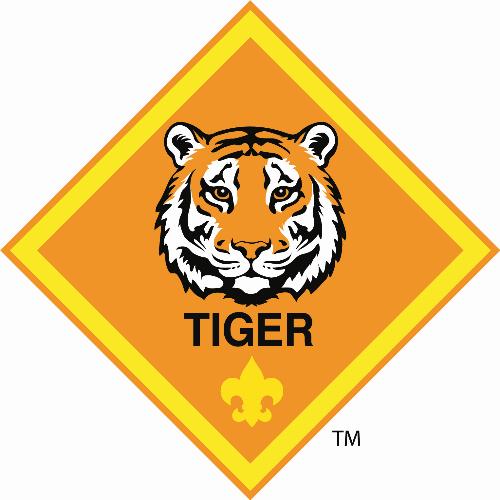 | To earn the Tiger badge, a boy must complete six required adventures with his den or family and one elective adventure of his den or family’s choosing. As the boy completes each adventure, he will receive the adventure loop for that adventure, which he can wear on his belt. When the boy has completed the seven required adventures, he can receive the Tiger badge. The Tiger badge is given to the boy’s adult partner at a pack meeting. Then, during a grand ceremony, the adult gives the badge to the boy. After he has earned the Tiger badge, a Tiger Scout can work on the remaining 12 Tiger electives until he finishes first grade (or turn 8 years old). He can choose elective adventures that may show him new hobbies and teach him skills that will be useful during his Boy Scout years. When he completes an elective adventure, he receives an additional adventure loop to wear on his belt. | | | | 
| Wolf Cub Scout: (2nd Grade or 8 years old)
Cub Scout Den Leader: Robert Blair Asst. Cub Scout Den Leader: Bryan, Tricia | 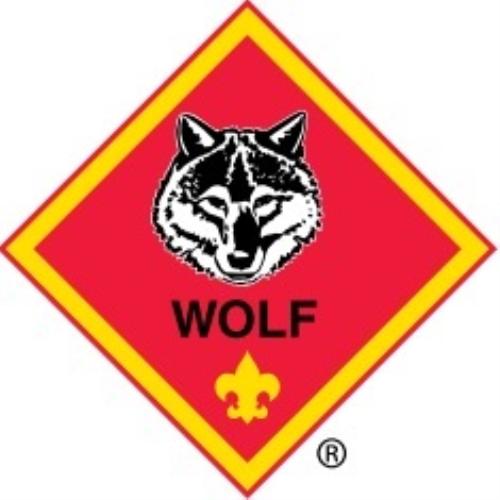 | To earn the Wolf badge, a boy must complete six required adventures and one elective adventure. His parent or guardian and den leader approves each requirement by signing his book, and the boy receives an adventure loop for each adventure. When the boy has met all requirements, the Wolf badge is presented to his parent or guardian at the next pack meeting. During an impressive ceremony, the parent or guardian then presents the badge to the boy. After he has earned the Wolf badge, a Wolf Scout can work on the remaining 12 Wolf electives until he finishes second grade (or turns 9 years old). He can choose elective adventures that may show him new hobbies and teach him skills that will be useful during his Boy Scout years. When he completes an elective adventure, he receives an additional adventure loop to wear on his belt. | | | |  | Bear Cub Scout: (3rd Grade or 9 years old)
Cub Scout Den Leader: James Hypes Asst. Cub Scout Den Leader: Lauren, Paul, Ben | 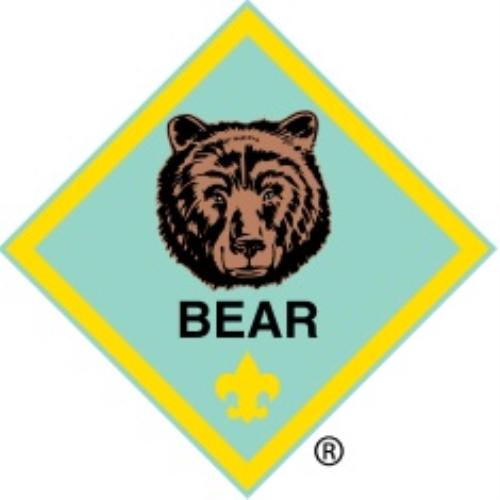 | To earn the Bear badge, a boy must complete six required adventures and one elective adventure. His parent or guardian and den leader approves each requirement by signing his book, and the boy receives an adventure loop for each adventure. When the boy has met all requirements, the Bear badge is presented to his parent or guardian at the next pack meeting. During an impressive ceremony, the parent or guardian then presents the badge to the boy. After he has earned the Bear badge, a Bear Scout can work on the remaining 12 Bear electives until he finishes third grade (or turn 10 years old). He can choose elective adventures that may show him new hobbies and teach him skills that will be useful during his Boy Scout years. When he completes an elective adventure, he receives an additional adventure loop to wear on his belt. | | | | 
| Webelos Scout: (4th Grade or 10 years old)
Webelos Den Leader: Melissa Cosner Asst. Webelos Den Leader: Toby Brooks | 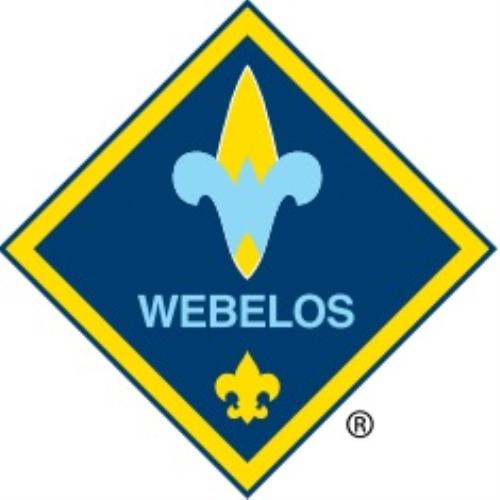 | Webelos Scouts get to work on the five required Webelos adventures and choose two of the 18 elective adventures that are shared by the Webelos and Arrow of Light ranks. When a boy has done the requirements for an adventure, the Webelos den leader, rather than a parent, approves most of the adventures. For each adventure a boy completes, he receives a pin to wear on the Webelos colors or on his hat. After completing seven adventures, including five required adventures and two elective adventures, a Scout can receive the Webelos badge. After he has earned the Webelos badge, a Webelos Scout can work on the remaining 18 shared Webelos and Arrow of Light electives until he finishes fourth grade (or turns 11 years old). He can choose elective adventures that may show him new hobbies and teach him skills that will be useful during his Boy Scout years. When he completes an elective adventure, he receives an additional adventure loop to wear on his belt. | | | | 
| Arrow of Light Scout: (5th Grade or 11 years old)
Webelos Den Leader: Dustin Jewell Asst. Webelos Den Leader: | 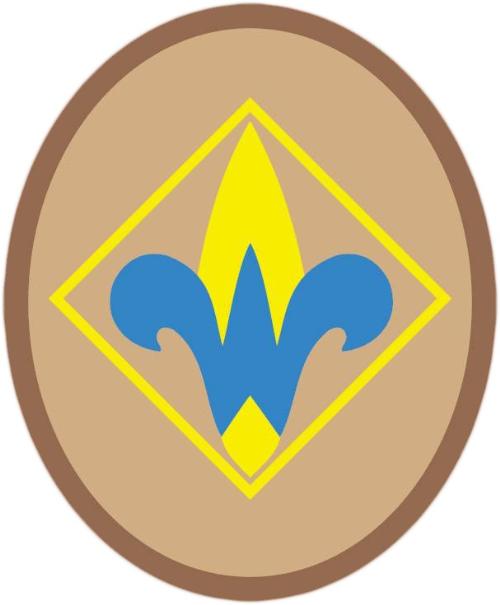
 |  The highest rank in Cub Scouting is the Arrow of Light. Earning this rank prepares a Webelos Scout to become a Boy Scout. Scouts must complete four required adventures and three elective adventures to earn the Arrow of Light rank. For each adventure a boy completes, he receives a pin to wear on the Webelos colors or on his hat. 
The Arrow of Light badge is the only Cub Scout badge that can be worn on the Boy Scout uniform when a boy graduates into a troop. Adult leaders who earned the Arrow of Light rank when they were young may also show their achievement by wearing a special square knot on their adult uniform. | | | | BSA's The Advancement Trail Link
BSA's Mechanics of Advancement: In Cub Scouting Link |
|
 |
 |
|
 |
 |
 |
 |
 |
 |
 |
 |
|
 |
 |
 |
 |
|
|
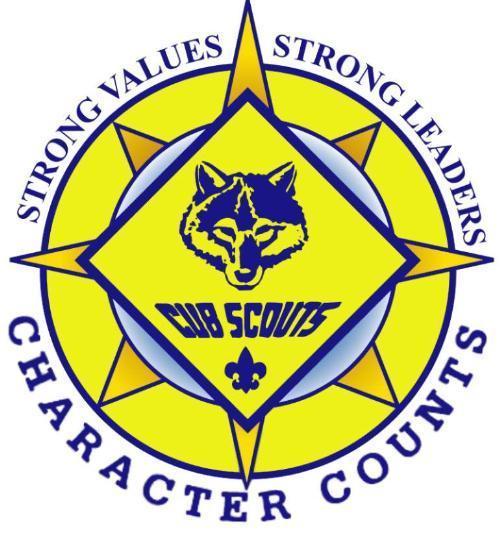
| Scout Oath (or Promise): On my honor I will do my best
To do my duty to God and my country
and to obey the Scout Law;
To help other people at all times;
To keep myself physically strong,
mentally awake, and morally straight. Scout Law: A Scout is trustworthy, loyal, helpful, friendly,
courteous, kind, obedient, cheerful, thrifty,
brave, clean, and reverent. Cub Scout Motto: DO YOUR BEST! | 
| The Cub Scout Sign:
The Cub Scout sign is made with the right arm held high and straight up above the shoulder, with the index and middle fingers forming a V. The other fingers are held with the thumb.
The two extended fingers stand for the parts of the Scout Oath, "to help other people at all times" and "to obey the Scout Law". They also stand for the two alert ears of a wolf. This is the sign of Cub Scouts all over the world.
The Cub Scout sign should be given when repeating the Scout Oath or Scout Law. It is also used in ceremonies to let everybody including parents, siblings and guests know to quite down and pay attention. | The Cub Scout Handshake:
Here's how to shake hands with another Cub Scout. Hold out your right hand just as you always do to shake hands. Put your first two fingers along the inside of the other boy's wrist.
Cub Scouts and Cub Scout leaders use the handshake each and every time they shake hands. The handshake signifies that those who use it help other people and the obey the Scout Law. | 
| 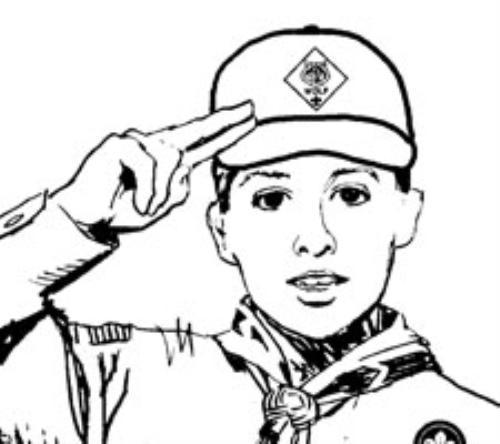
| The Cub Scout Salute:
The salute is made by joining the index and middle fingers of the right hand (holding the other fingers with the thumb) and touching the extended fingers to the cap visor or forehead. The hand is held the same as for the Cub Scout sign, except the two fingers are together.
The Cub Scout salute is used to salute the flag when in uniform and to show respect to Den and Pack Leaders. It can be used when greeting other Cub Scouts. | |
|
 |
 |
|
 |
 |
 |
 |
|
|
|
|
|
|
|
|
|